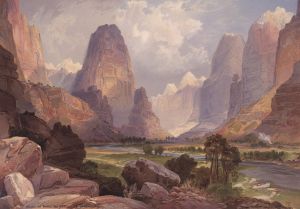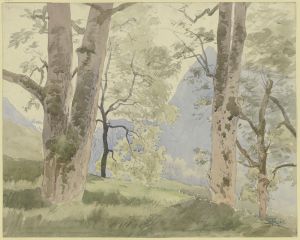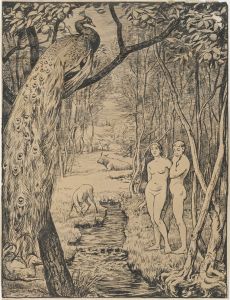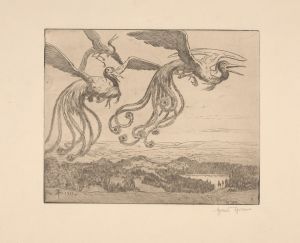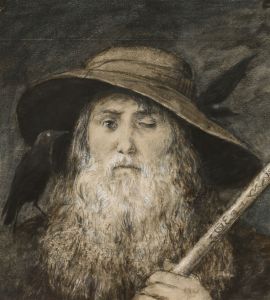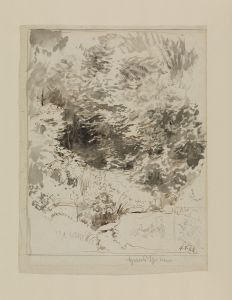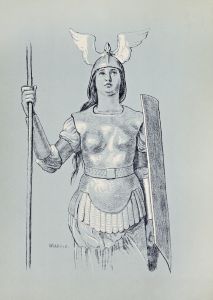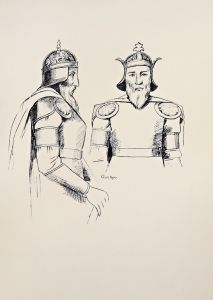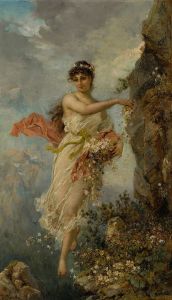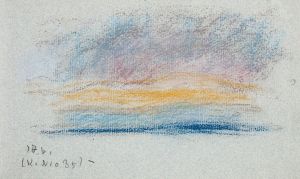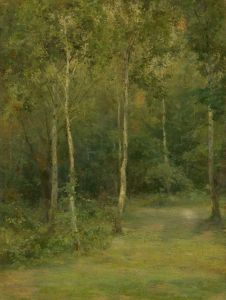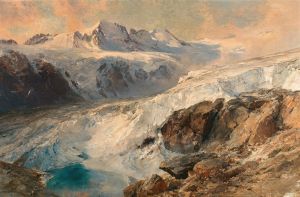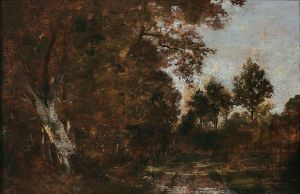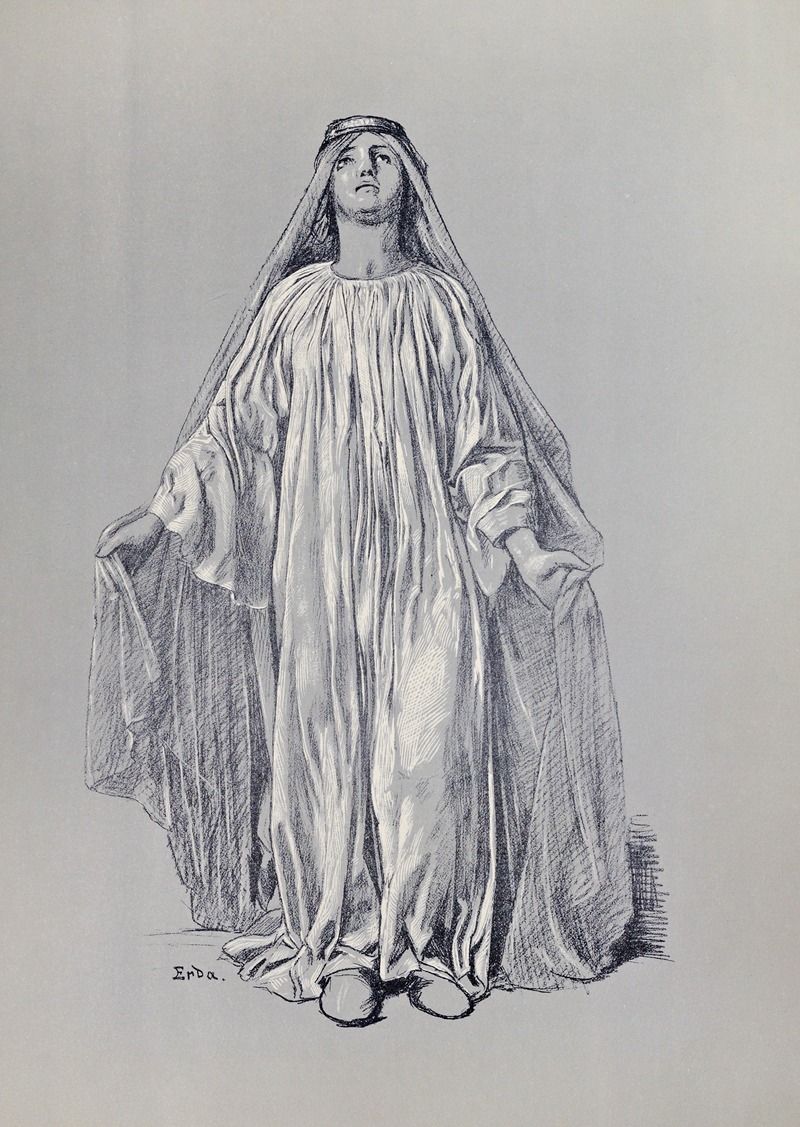
Erda
A hand-painted replica of Hans Thoma’s masterpiece Erda, meticulously crafted by professional artists to capture the true essence of the original. Each piece is created with museum-quality canvas and rare mineral pigments, carefully painted by experienced artists with delicate brushstrokes and rich, layered colors to perfectly recreate the texture of the original artwork. Unlike machine-printed reproductions, this hand-painted version brings the painting to life, infused with the artist’s emotions and skill in every stroke. Whether for personal collection or home decoration, it instantly elevates the artistic atmosphere of any space.
Erda by Hans Thoma is a painting created by the German artist Hans Thoma, who was active during the 19th and early 20th centuries. Thoma, born on October 2, 1839, in Bernau in the Black Forest, is known for his landscape paintings, portraits, and works inspired by mythology and folklore. He was associated with the German Romantic and Symbolist movements, and his art often reflects a deep connection to nature and a fascination with mythological themes.
The painting "Erda" depicts Erda, a figure from Germanic mythology and Richard Wagner's operatic cycle Der Ring des Nibelungen. In Wagner's works, Erda is the goddess of the earth and a symbol of wisdom and foresight. Thoma's interpretation of Erda aligns with his interest in mythological subjects and his ability to infuse his works with a sense of mysticism and reverence for nature.
In the painting, Erda is portrayed as a serene and contemplative figure, often surrounded by natural elements that emphasize her connection to the earth. Thoma's use of color and composition reflects his Romantic sensibilities, with a focus on harmony and a dreamlike quality. The painting exemplifies Thoma's skill in blending mythological themes with his personal artistic style, which often included a strong emphasis on the beauty and tranquility of the natural world.
Hans Thoma's works, including "Erda," were well-regarded during his lifetime, and he became a prominent figure in the German art scene. He served as the director of the Karlsruhe Academy of Fine Arts and was celebrated for his contributions to German art. Today, his works are housed in various museums and collections, including the Hans Thoma Museum in Bernau, which is dedicated to his life and art.
"Erda" remains an example of Thoma's ability to interpret mythological subjects through his unique artistic lens, combining elements of Romanticism and Symbolism. The painting reflects his deep appreciation for mythology and his skill in creating evocative and timeless images.





